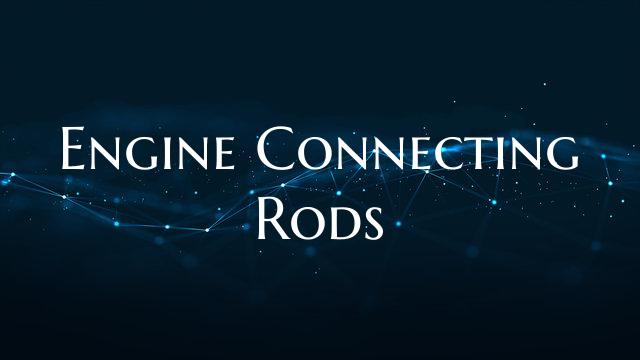Engine Connecting Rods
### Understanding Engine Connecting Rods
In the world of internal combustion engines, connecting rods play a vital role in the overall functionality and performance of the engine. These robust metal components are crucial for transferring the power generated by the combustion of fuel into the rotational motion required to drive the vehicle. Let's delve deeper into the key aspects of engine connecting rods:
1. Function and Importance: Connecting rods serve as a critical link between the piston and the crankshaft. They convert the reciprocating motion of the piston into rotational motion by transmitting the force generated during the power stroke. Without connecting rods, the engine would be unable to harness the power of combustion effectively.
2. Materials and Design: Connecting rods are typically made from high-strength materials such as forged steel, aluminum, or titanium to withstand the intense forces and high temperatures present in the engine. The design of connecting rods is crucial to ensure optimal strength-to-weight ratio, durability, and performance.
3. Types of Connecting Rods: There are various types of connecting rods, including I-beam, H-beam, and X-beam designs. Each type offers a unique balance of strength, weight, and durability, catering to different engine applications ranging from everyday vehicles to high-performance racing engines.
4. Performance Upgrades: Enthusiasts and racers often opt for aftermarket connecting rods made from advanced materials like titanium or featuring enhanced designs for improved performance and reliability. Upgraded connecting rods can handle higher power levels, higher RPMs, and increased boost pressure compared to stock components.
5. Maintenance and Inspection: Proper maintenance and regular inspection of connecting rods are essential to prevent catastrophic engine failure. Inspecting for signs of wear, fatigue, or damage, such as bending or cracks, can help identify issues early and prevent costly repairs down the line.
In conclusion, engine connecting rods are fundamental components that allow internal combustion engines to operate efficiently and deliver power to drive vehicles. Understanding their role, construction, and maintenance is key to ensuring the longevity and performance of an engine.

